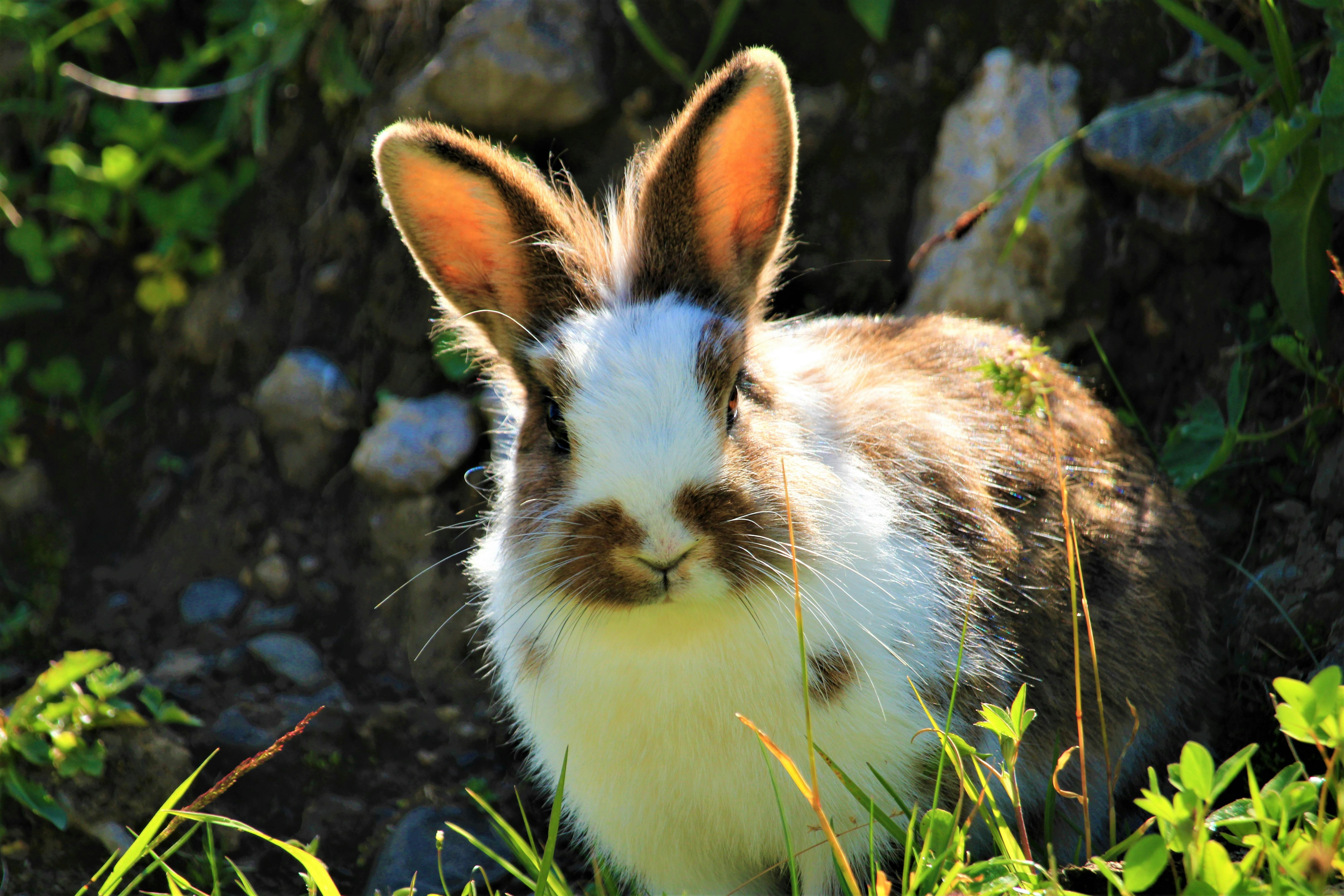Getting to know your dog starts with getting to know his breed, and that includes getting a better idea of his appearance, personality, and health requirements. Here is what you need to know about the Pomeranian:
One of the most fascinating aspects of this breed is that in its oldest and largest incarnations it was used in Lapland and Iceland to pull sleds. Eventually the Pomeranian moved to other regions along the Baltic Sea. At this particular time, the breed was still used as a working dog, but later began to rise in popularity as a family pet. The name given to this dog, which was originally Pommern or Pomore, means “over the sea”.
The Pomeranian was introduced to the English nobility. Although somewhat popular, it became even more so after Queen Charlotte’s granddaughter, Queen Victoria, returned from Italy with her new furry friend of hers. Although the appearance was very similar, earlier Pomeranian varieties were actually larger than what we see today.
This dog belongs to the Spitz family, which includes other breeds such as the Samoyed, the Schipperke and even the Norwegian Hound, which surprises many since they are all considered “toy” breeds due to their small size. Over time, breeders were able to fine-tune the Pomeranian, leading to a much better coat and smaller size. Additionally, breeding experimentation provided greater color selection without interfering with the breed’s strong yet sweet temperament.
physical appearance
Following the American Kennel Club standards for the Pomeranian, the average weight is between 3 and 7 pounds and the height is between 8 and 11 inches. The breed’s appearance is quite distinct, with a wedge-shaped head. The result of the small body and head is a very fox-like appearance. Additionally, the Pomeranian has small, high ears and a tail that curls over its back while being held upright.
Although all of these characteristics make the Pomeranian the cute dog that it is, the coat is undoubtedly its pride. In fact, this dog has two coats. The first is the soft, thick, fluffy undercoat, while the second is the thick, straight topcoat. Every year, the male dog will shed his undercoat, as the female comes into heat, once she delivers a litter and if she experiences too much stress.
As mentioned, breeding has resulted in a wide range of colors and color combinations, 13 in all. These options for the Pomeranian include:
Black
black and tan
Blue
blue and tan
Chocolate
chocolate and tan
Cream
cream sand
orange
orange sand
Parti-color (typically white with other colors)
Red
red sand
Sand
In addition to the 13 standard colors for the Pomeranian, the American Kennel Club also recognizes the following:
Beaver
mottled
chocolate sand
White
wolf arena
For the Pomeranian to fall within the standards set forth by the American Kennel Club, the dog must be well proportioned. This means that the dainty head cannot be too big or small, but must balance well with the body type. Also, the Pomeranian’s legs must be proportionate. In fact, even the expression of the breed is to show alertness, intelligence and pride.
temperament and personality
Just like the Chihuahua, the Pomeranian doesn’t realize that he is a small dog. With a serious bark (or howl, as some say), the dog is actually a great watchdog. This breed loves his family and enjoys some quality cuddle time. However, he is also an energetic and agile dog that is relatively easy to train.
Due to its small body size, the Pomeranian makes a great pet for people who don’t have a garden or have a small garden. However, because this breed also enjoys exercise, it makes a great pet for those who like to spend time outdoors. In other words, the Pomeranian is a versatile dog, perfect for many types of families.
Health
Fortunately, the Pomeranian tends to be healthy, but like most other dogs, there are some potential health risks. With good care, a dog of this breed could easily live to be 14, 15, 16 years old or more. Some of the more common concerns with the Pomeranian include a luxating patella, dry eye, cataracts, and skin conditions.
Health risks that are not as common would be epilepsy, hypoglycemia, hypothyroidism, and hydrocephalus. Then, on rare occasions, you may find a dog in this category suffering from hip dysplasia and Legg-Calve Perthes, a degenerative disease of the hip joint. Of all the possible health risks associated with a Pomeranian, a collapsed trachea or heart disease known as patent ductus arteriosus are the most serious.
It is also important to keep this breed of dog well groomed. Otherwise, the bottom layer can become tangled, pulling on the skin and causing blood circulation problems. Brushing the coat two to three times a week is usually sufficient. Since this breed of dog is also prone to dental problems, most veterinarians recommend brushing, along with regular scheduled cleaning, to be done professionally and under anesthesia.
